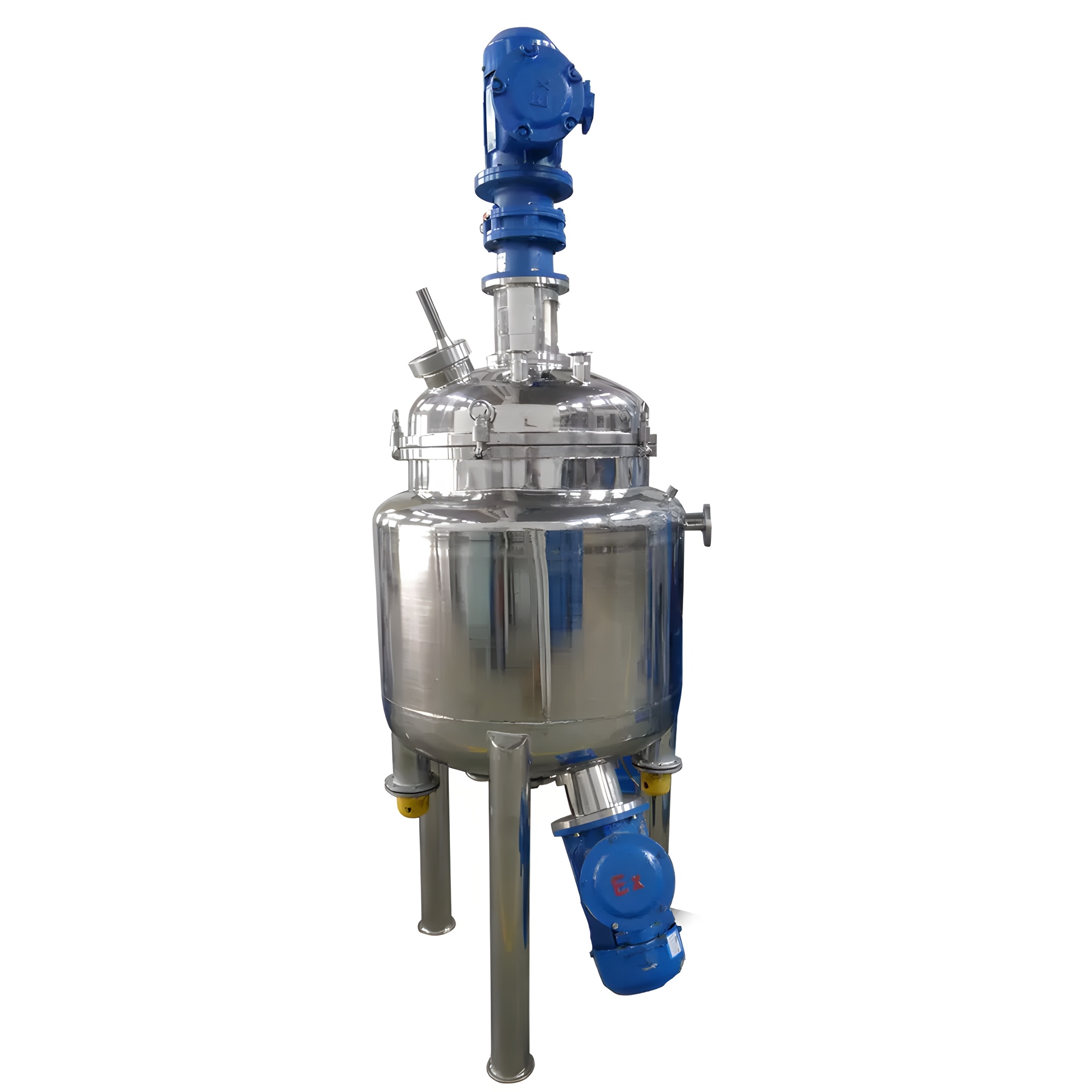Reactor Tanks Design
View:
Generally speaking, the manufacturing process of reactor equipment is as complicated as other reactors, and any problems in the production process will affect the quality of the products.

1 、The reactor for the petrochemical industry must bear the pressure and temperature required in the production process and have the specifications and structure needed for the procedure.
2、The materials used in chemical products are often strongly corrosive and toxic, which can easily cause fires and even explosions and other malignant accidents.
3, the main factor affecting the service life of the reactor is the corrosion of chemical materials on the reactor equipment shell material, which makes the vessel wall thin and even rotten, so in the design of the reactor equipment, additional corrosion allowance should be considered to ensure that the requirements of the service life are met.
In addition, manufacturing, inspection, installation, operation, and maintenance should be convenient. On the one hand, based on safety considerations, because the structure is simple, easy to manufacture, and flaw detection equipment, its quality is easy to ensure, even if there are some over-standard defects can be accurately found, to facilitate the timely elimination; In addition, this can also meet the requirements of specific unique production processes, such as for the top cover needs to be frequently installed and disassembled test vessel, to try to use the quick release sealing structure, to avoid the use of bulky primary Bolt connection.
The practical design of the reactor should meet the requirements.
1, should meet the requirements of chemical kinetics and transfer process, fast reaction speed, good selectivity, high conversion rate, more target products, and fewer by-products;
2, It should be able to input or output heat effectively in time to maintain the thermal equilibrium of the system so that the reaction process can be carried out at a suitable temperature;
3, should have sufficient mechanical strength and corrosion resistance to meet the pressure requirements of the reaction process, to ensure that the equipment is durable, safe, and reliable in production;
4, should be easy to manufacture, install, and maintain, flexible and flexible operation, and have a long production cycle.
5, from mechanical properties, reactor strength requirements, mechanical design, including kettle size calculation, material selection, jacket material determination, size calculation, transmission and stirring device selection, flange and other parts of the invention, etc.
